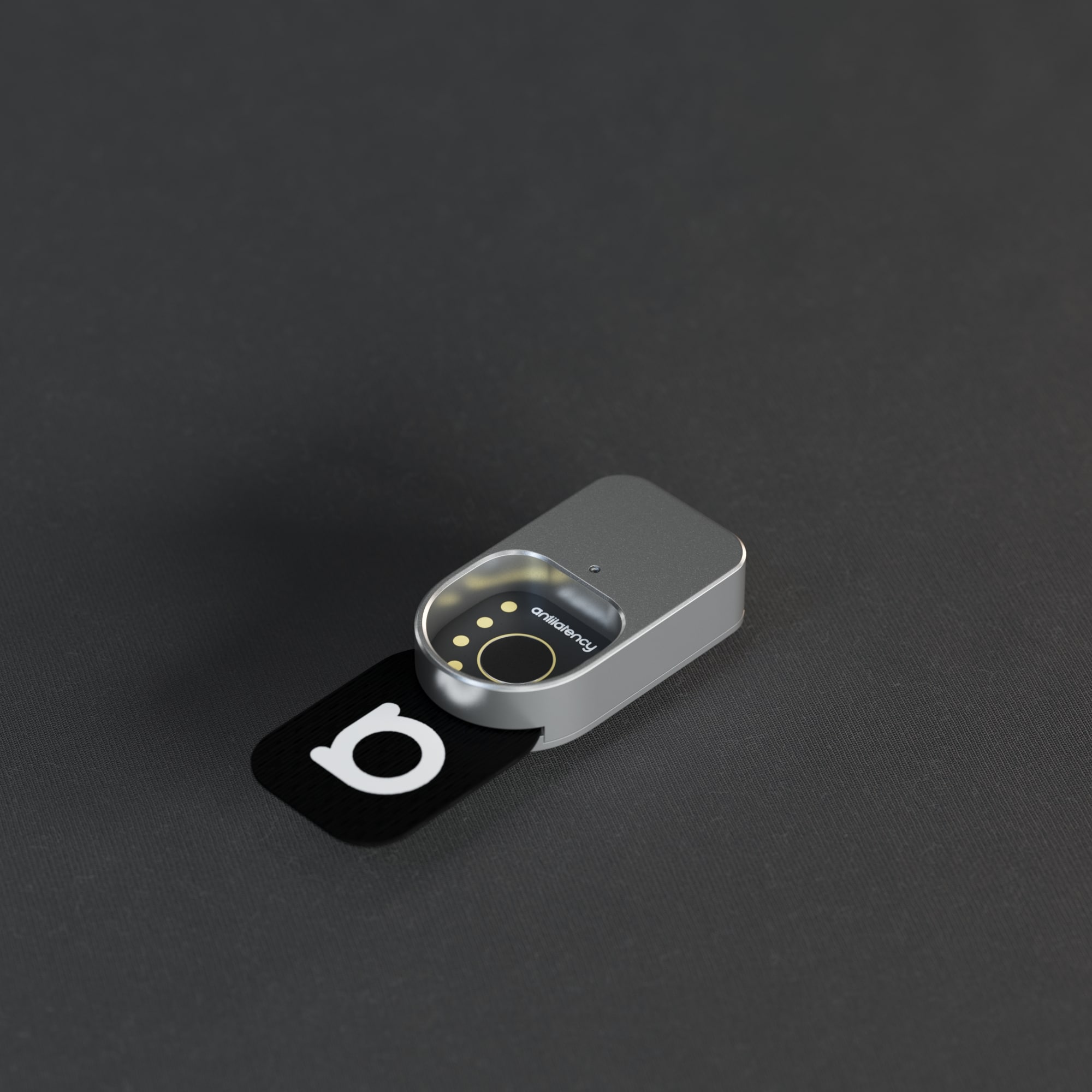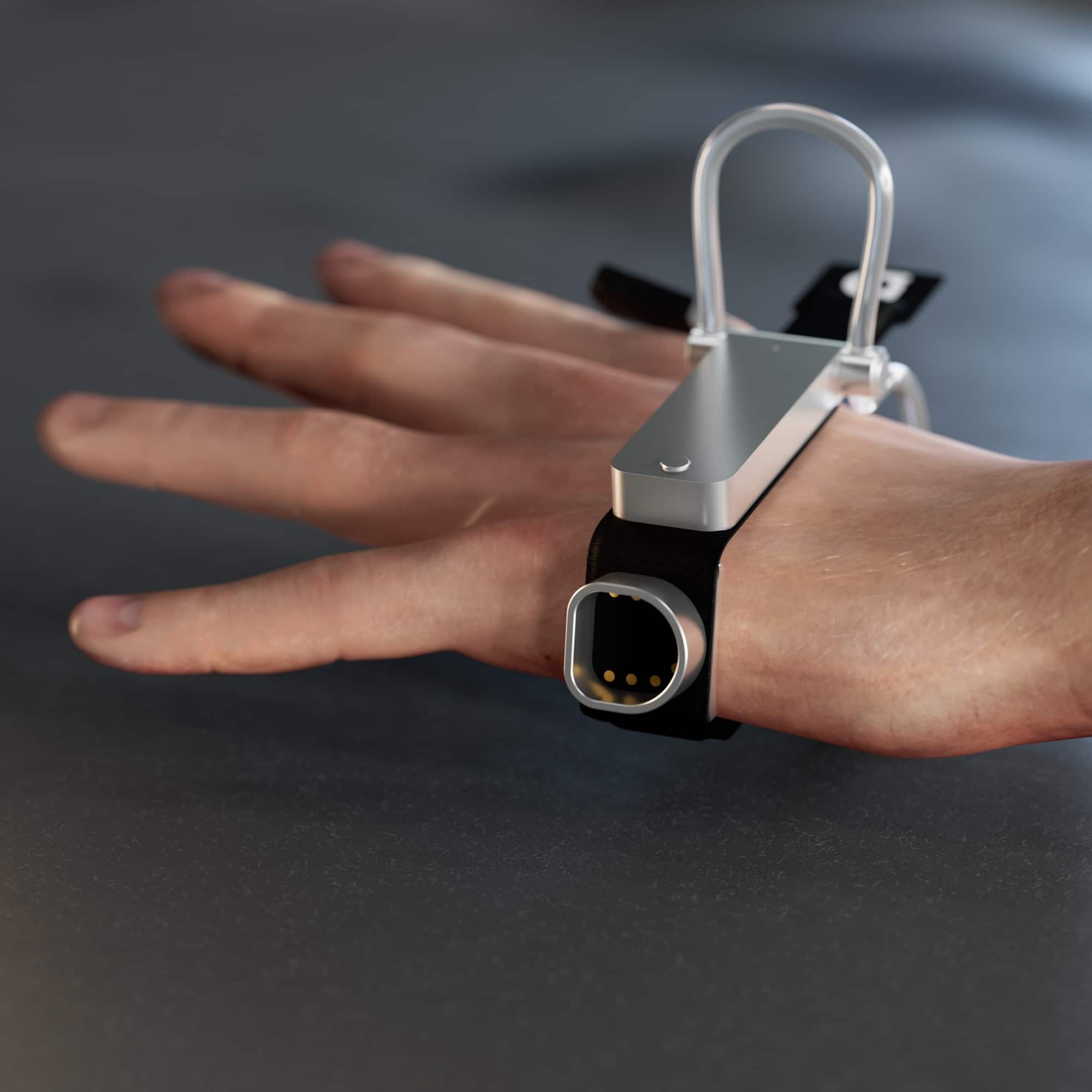VR tracking company Antilatency has announced a slew of new hardware and updates to their tracking systems, including support for the Oculus Quest and a new software development kit (SDK) for easy implementation. The company’s custom tracking solutions now offer a ceiling set up, alongside a custom six degrees of freedom (6DOF) controller, ideal for enterprise solutions and implementation at location-based VR experiences.

We previously tried Antilatency’s technology at CES 2019, where the tracking system turned the Oculus Go into a 6DoF, multi-user VR experience. This tracking technology operates via a small external “HMD Radio socket” device, pictured above, which is mounted to the headset. Support for the Tag peripheral has expanded to include the Oculus Quest, which provides “full-body tracking, where head and foot tracking is performed by Antilatency trackers, and hand tracking is done by the native controller tracking of Oculus Quest.” The custom tracker device, which works with the Antilatency system, would likely connect to the Oculus Quest’s USB-C port.
Quest support comes alongside the addition of the new Antilatency SDK, which allows for “more flexible configuration of the system for various use cases” and improves upon previous iterations of the technology. This works hand-in-hand with the new ceiling set up option for tracking, which uses the same technology as the previous floor-based system with infrared lights, except it now uses markers and wires placed on a suspended ceiling rig. Antilatency admitted that the ceiling option is not as mobile or flexible as the floor mat option, but will allow for situations where objects are placed on the floor in the playspace, or when real walls are present that also co-exist in the virtual world.

Antilatency is also introducing a 6DoF controller called ‘The Bracer’, pictured above, which is “ultra-light” and mounted to the user’s wrist, allowing your hands to be used to grab objects without having to hold a controller of any kind. This would work in situations where the user wants to hold an external peripheral, such as a gun, without compromising tracking.
All of these new software and hardware updates position Antilatency to be implemented at an enterprise level, both in training situations and location-based experiences. You can read more on the Antilatency website.






























